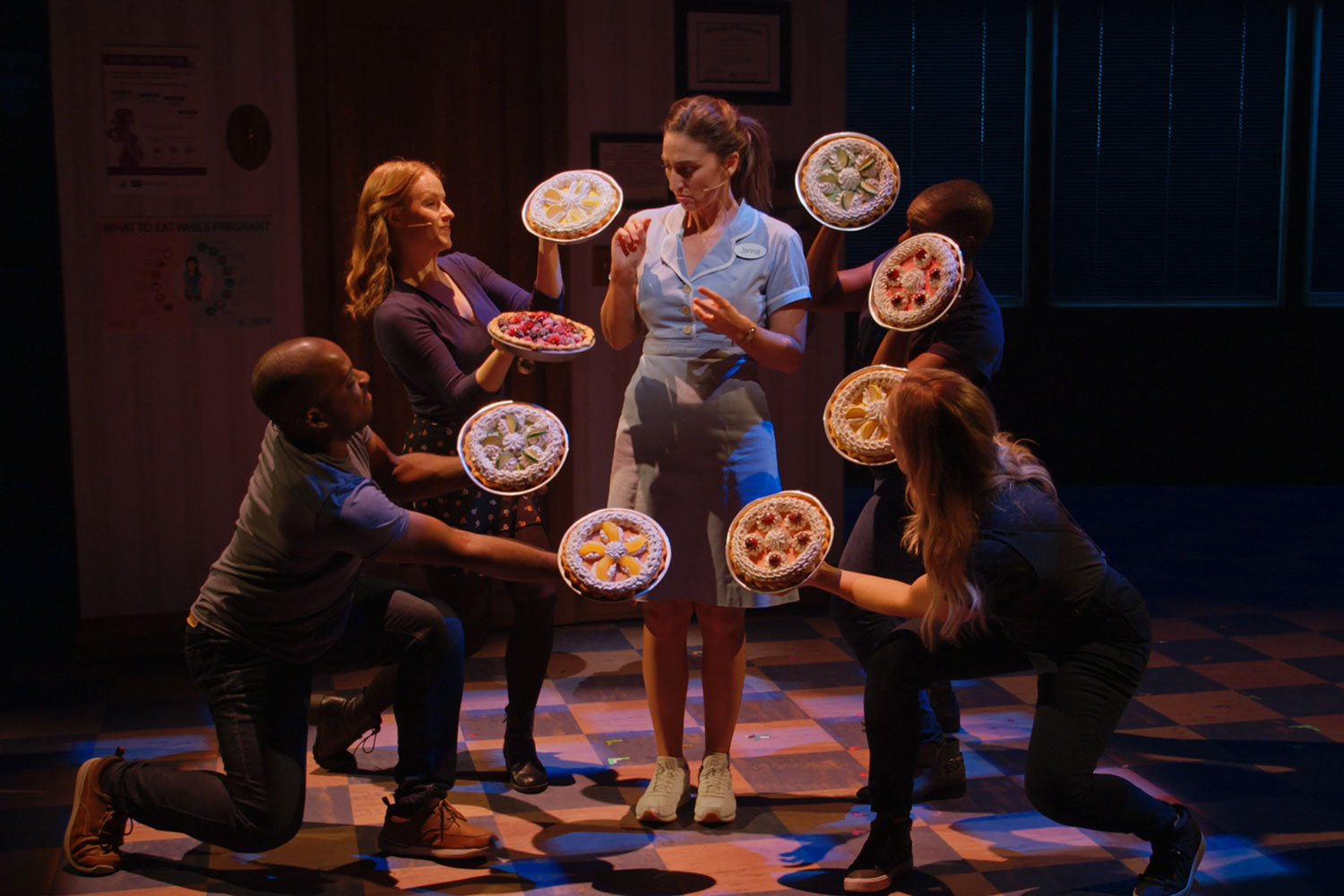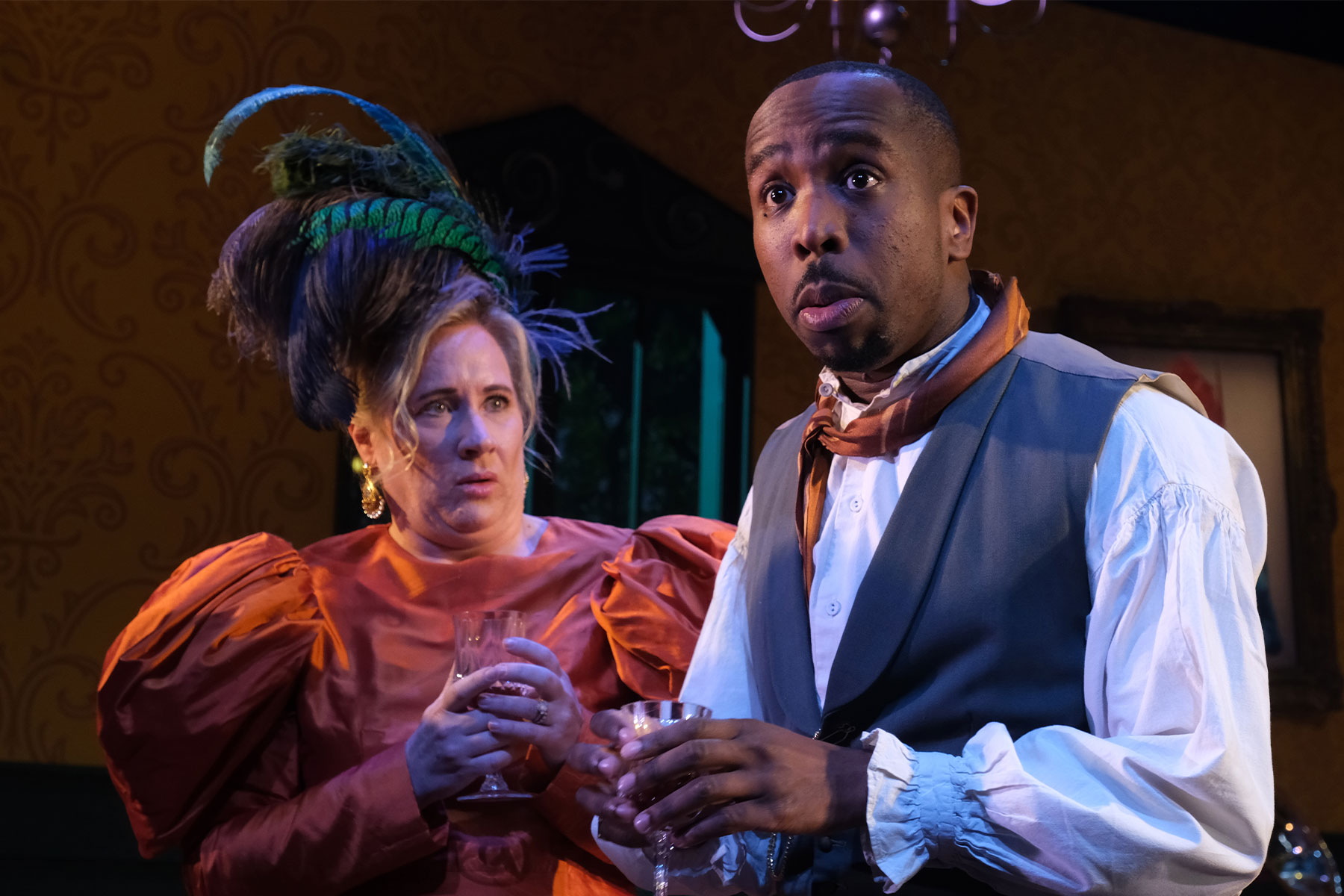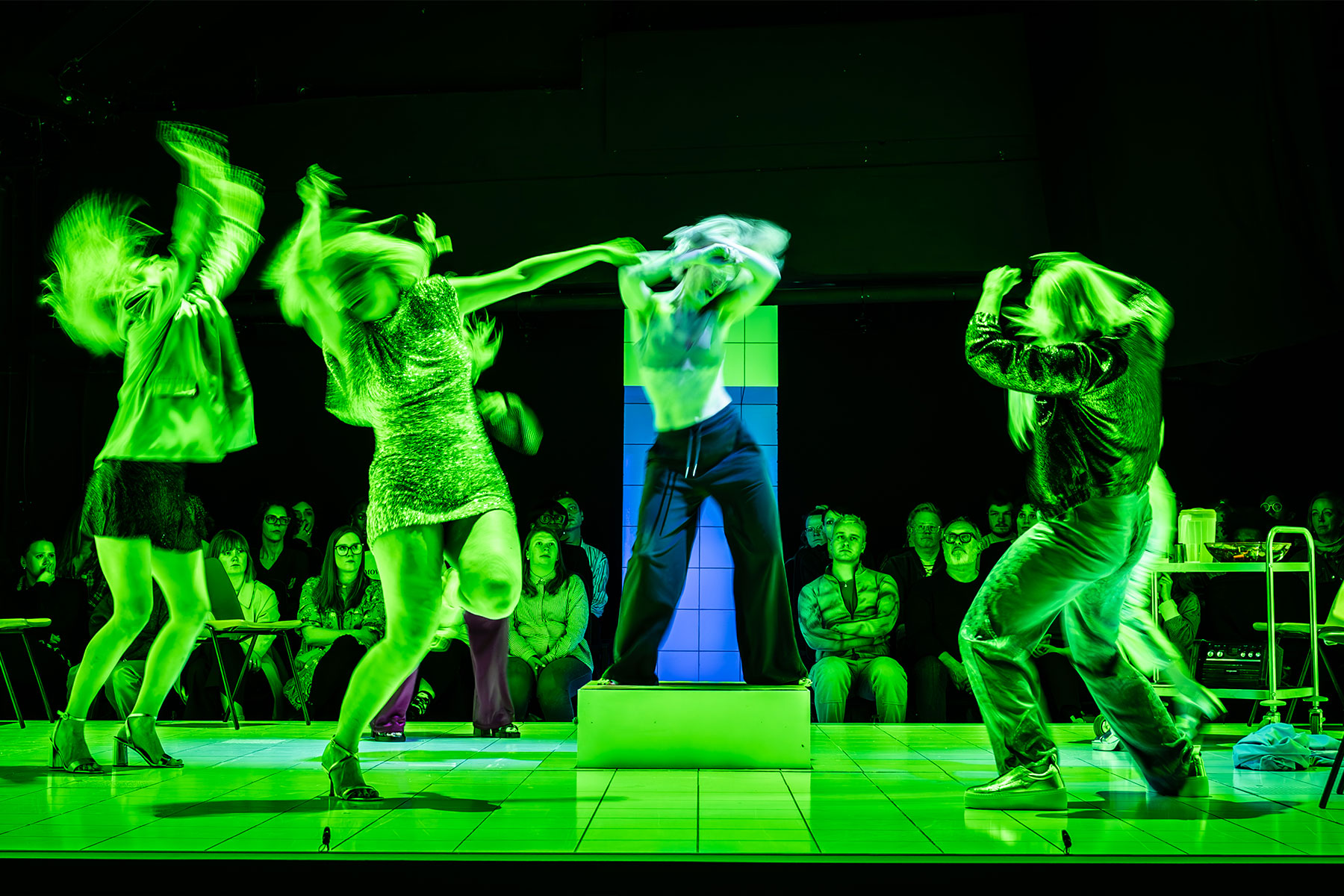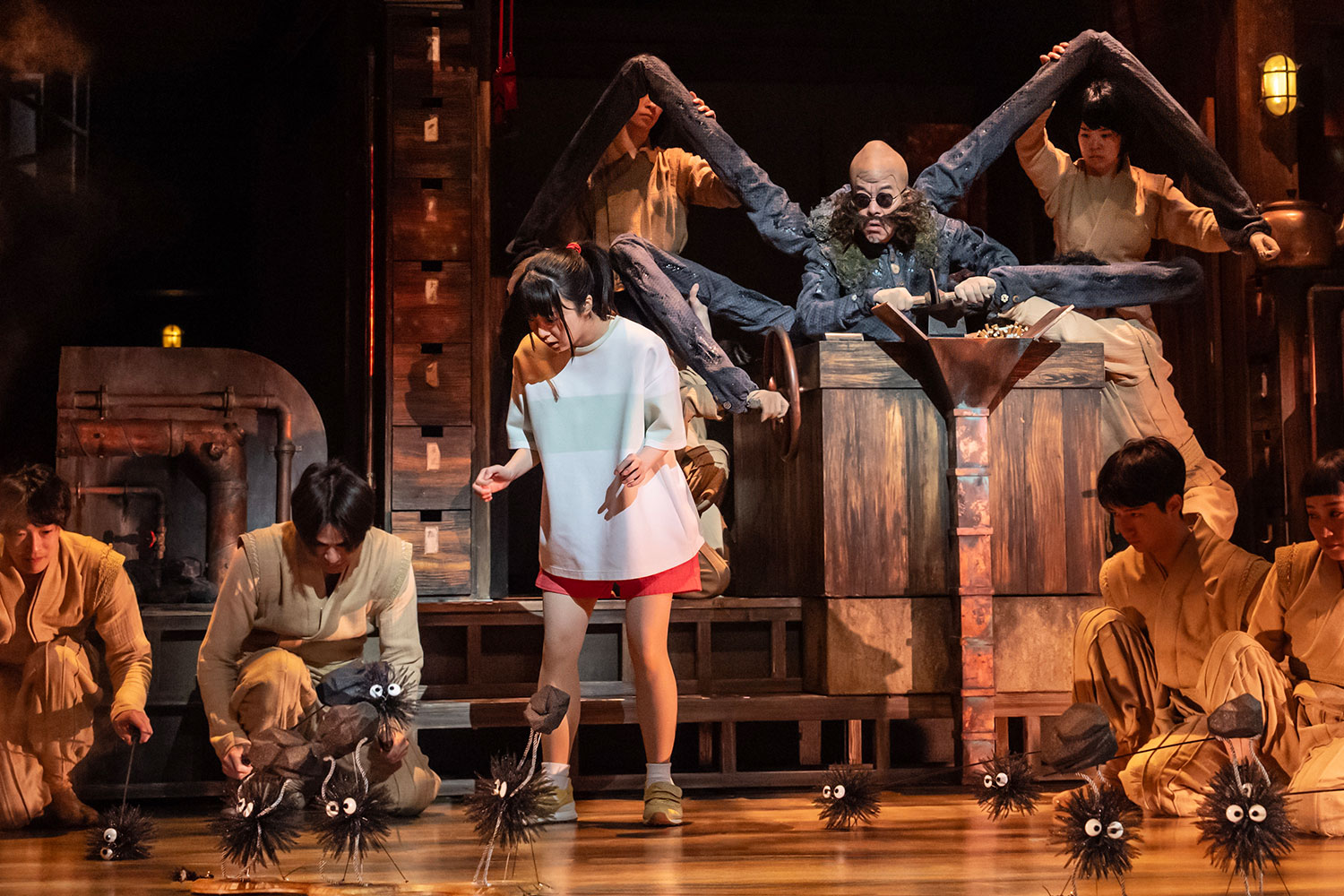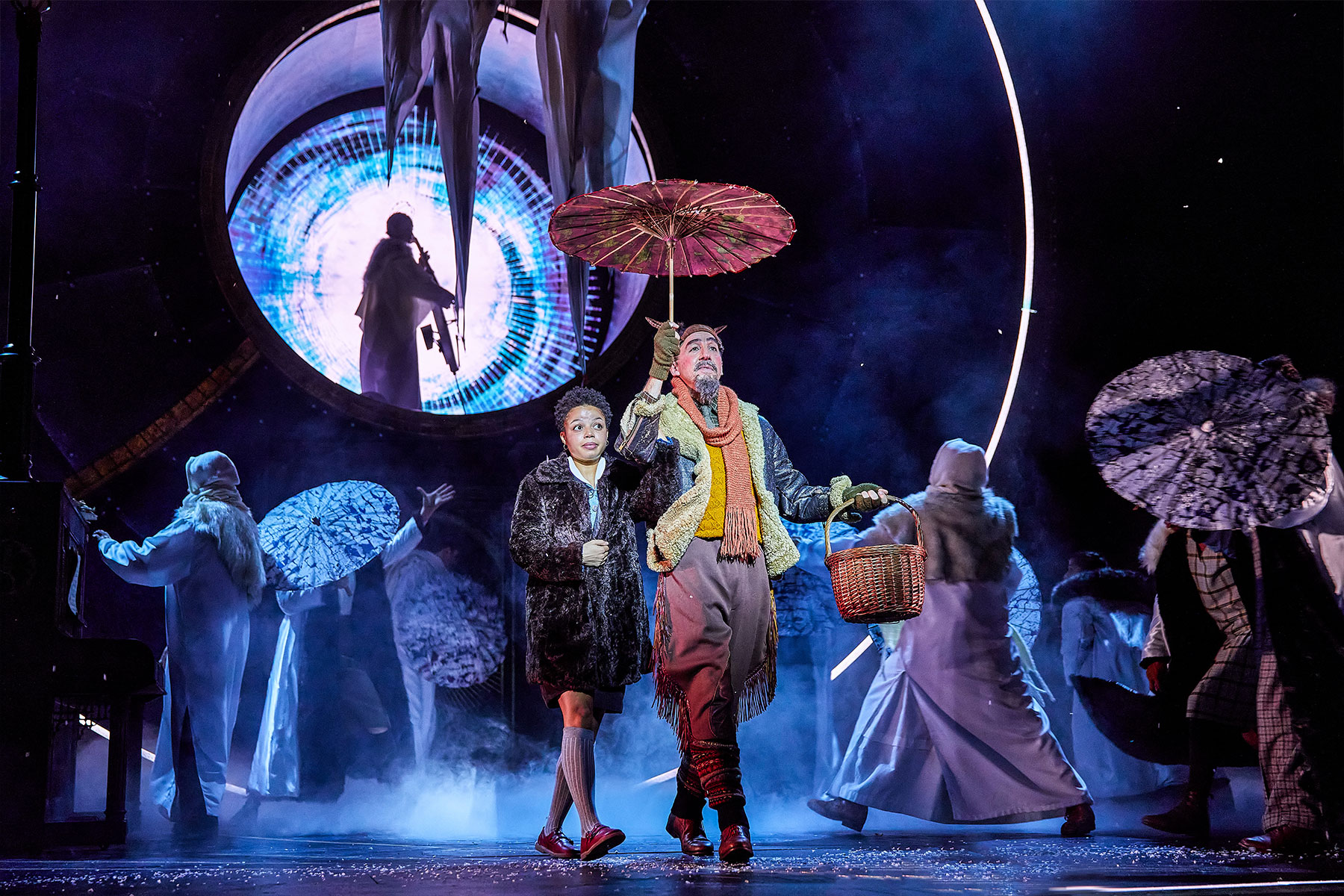42nd Street
For me, one of the most exciting parts of a trip to the theatre is when the curtain first twitches and the audience knows that the show is about to begin. The magic of this moment was exploited to the extreme at the opening of Oxford Operatic Society’s performance of 42nd Street: the curtain was raised only enough to reveal a forest of tap-dancing feet, before fully rising to reveal an impressive tableau including all of the show’s large cast. The first number set a high standard of choreography which was upheld throughout. It was highly regrettable that the power of the acting, singing and dancing was marred by severe technical problems which affected the sound quality from the very start. It is to the great credit of the performers that they continued with gusto regardless, even managing to be heard from the Circle with a faulty microphone. Luckily, these issues were mainly resolved by the second half, when the cast’s prowess was able to shine through.
42nd Street, set in New York in 1933, is by no means ground-breaking within its genre, making use of the somewhat over-used trope of the musical within a musical and the Cinderella motif. The plot is simple and the only unpredictable moment, when a gun is suddenly shot onstage, comes to nothing. Nevertheless, there are frequent moments of real originality of staging in this performance. The Shadow Waltz at the opening of the first Act is particularly striking: the dancers’ shadows are projected onto a white screen, creating entrancing shapes. The moment when the chorus peep out of curtained windows is also entertaining and exquisitely timed.
The real strength of this production lies in its big ensemble numbers, when the creative use of formations really emerges and when the synchronised tap dancing is at its most dramatic. The final number of Act 1 is a highlight, with lines of dancers spinning gold discs in time to suggest how the money pours in. The rendition of the famous song ‘Dames’ is also entertaining, the stage alive with feathers and sparkle. The Chorus is always well arranged so that the few weaker links are less prominent. This company is refreshingly inclusive, comprising both the semi-professional and the less experienced, the young and the old.
Although the ensemble scenes are the most striking, there are nevertheless stand-out performances. Louise Cobb shines in the leading role of Peggy Sawyer, her singing, dancing and acting all of an equally high standard and all achieved with energy. James Stubbs, playing the theatre-manager Julian Marsh, ends the show powerfully, supporting every note. Hannah Veale is also to be commended for her rendering of Peggy’s sparky friend Ann.
This show marks the first time director and choreographer Guy Brigg has teamed up with Oxford Operatic Society, a collaboration which has proved a triumph. 42nd Street bears out his confession to being “a complete sucker for big, glitzy dance shows”; with constant shifts of set and inordinate numbers of costume changes for each performer, it is certainly visually exciting and a real crowd-pleaser. Coloured lights, glittery dresses and big numbers provide the key-note; a combination I for one cannot resist.
– Alexandra Hedges



